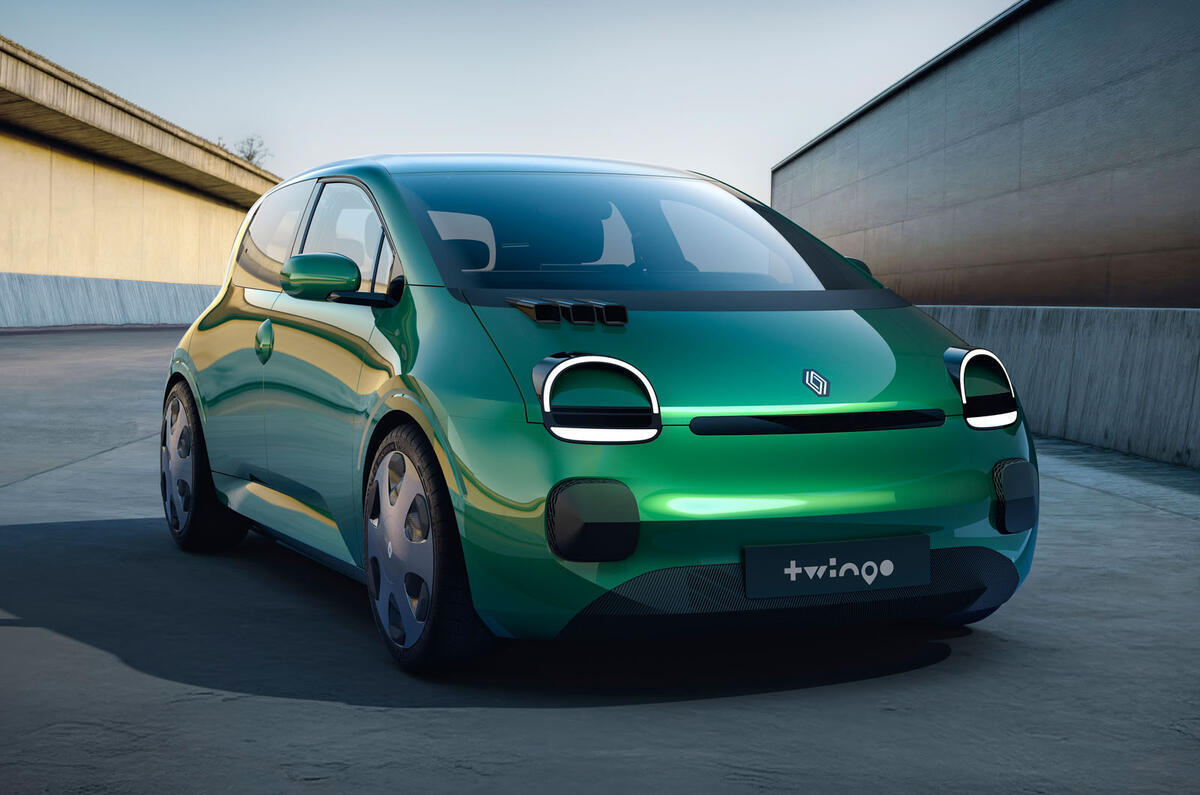A senior member in the development team of a Chinese car maker told Autocar the story - on condition of anonymity - of when a storied German engineering consultancy visited earlier this year to offer their services. “They told me we can cut vehicle development times from five years to three years and I said 'we can’t work to those speeds'”. He paused for effect. “'That electric car we picked you up in, we developed that in 18 months'.”
The problem of how to keep pace with the Chinese has been gnawing away at Western car makers as they strategise how to avoid getting left behind in the race to build modern, electrified cars.




Add your comment